The Vikings were Scandinavian seafaring warriors who raided, traded and settled widely throughout Europe between the 9th and 11th centuries AD. They originated from what is now Denmark, Norway and Sweden, with most Vikings coming from western Norway. Despite their fearsome reputation, the Vikings were also skilled merchants, explorers and craftsmen who had a profound influence on the lands they encountered.
The first recorded Viking raid was in 793 AD, when Norsemen attacked the Christian monastery at Lindisfarne in northern England. Over the next two centuries, Vikings used advanced sailing technology to raid coastal regions as far flung as North Africa. But they were also traders and settlers who founded new communities in places like Iceland, Greenland, mainland Europe and parts of North America.
Vikings were polytheistic pagans who worshipped gods like Odin, Thor and Frey. When they encountered Christianity through their raids and trade, some Vikings converted while others clung to pagan Norse religion. Around 1000 AD most Norse peoples had converted under pressure from Christian kings. By the late 11th century centralized kingdoms had emerged in Scandinavia and raiding declined, marking the end of the Viking Age.

Who were the Vikings?
The Vikings originated from Scandinavia – what is now Denmark, Norway and Sweden. At the beginning of the Viking Age in the late 8th century, these areas were not unified nations but consisted of many small independent kingdoms and chiefdoms ruled by local chieftains.
The Norse peoples of this time spoke old Norse, a Germanic language closely related to Swedish, Danish and the other North Germanic languages. They were skilled sailors and fishermen adapted to living in their homeland’s harsh climate of fjords and inland forests. However, their rocky soil did not support large-scale farming or dense populations.
From around 800 AD, increasing numbers of Vikings began raiding neighbouring regions. At first their raids were small-scale hit-and-run affairs targeting coastal monasteries and towns. But by the mid-9th century they launched invasions across England, Ireland and mainland Europe with armies numbering thousands of men. This marked the transition from opportunistic raiding to full-scale military conquest and settlement.
Contrary to popular notions, Vikings were not all seafaring warriors. Most actually lived peaceful farming lives at home, never embarking on foreign raids at all. Those who did often alternated between raiding and trading or agricultural occupations seasonally. However, it was the violent Norse raiders and the term “Viking” itself which captured the imagination of contemporary Europeans and became notorious.
Why did the Vikings raid foreign lands?
Scholars have proposed various factors that may have contributed to the Scandinavians beginning extensive raiding from the late 8th century onwards:
- Population pressures: Some argue crops were increasingly unable to support growing populations in Scandinavia due to soil infertility. However evidence suggests populations remained fairly stable until after Viking migrations.
- Political instability: Chieftains competed for power and authority, driving rivals abroad. Around the same time Harald Fairhair began conquest in Norway, pushing opponents overseas.
- Economic factors: European Christians placed restrictions on pagan trade following Viking conversions to Christianity from the 9th century. This may have led to raids as an alternative means of profit.
- Technological advantages: Developments like sailing technology allowed easy raiding of distant coastlines, rivers and inland areas.
- Ideological factors: Viking spirituality embraced martial prowess and the glory of brave death. Raiding was a way to prove courage and gain renown.
- Environmental change: The Medieval Warm Period enabled extensive sailing and colonization of Greenland and North America.
It was likely a combination of these factors rather than any single cause that motivated Viking outward expansion and raiding activity around north-west Europe and beyond. Prosperity, advances in boat-building, ideological incentives and regional political instability all played a part. The Vikings’ raiding marked the beginning of a new era, propelled by multiple social and economic factors.
Viking daily life and culture
While famous as fearsome raiders, the Vikings who stayed at home were farmers, craftspeople and traders who formed vibrant and complex societies. They lived in farmsteads and villages, employing advanced agriculture and animal husbandry. Vikings herded cattle, sheep, goats and pigs and bred draft horses to pull ploughs. Crops included barley, oats, wheat and rye. The long growing season allowed two crops per year.
Both men and women participated in farming and other labor. Women were economically independent, inheriting and handling property in their own names. Although marriage was usually arranged, women could initiate divorce and demand bride-prices from husbands. Gender equality was greater than most European societies at the time.
Vikings developed advanced maritime technologies such as the lightweight, ocean-worthy longship and stellar boatbuilding skills. Household items were often beautifully crafted from wood, iron, bone and antler. Vikings loved intricate artwork decorated with intricate designs like intricate knotted patterns called Urnes style. They traded throughout northern Europe and as far as Baghdad, Constantinople and medieval Russia.
Vikings held elaborate feasts with large amounts of meat and fish, ale and mead. Entertainment included storytelling, riddles, music, games like chess, and wrestling. They had the first European form of representative democracy called ” Things ” which met at important religious and legal festivals. The Althing of Iceland, founded in 930, is considered the oldest continuous parliament in the world.
Viking society transitioned as it gradually adopted Christianity from the late 9th to 11th centuries. However, pagan beliefs like the Valhalla-bound honored dead, powerful gods, and afterlife beliefs influenced Viking culture. Their creativity and adaptability allowed the Vikings to interact and integrate with many lands for over three centuries before fading from history. But their impact continues to reverberate in places like Normandy, Russia, England, Ireland and beyond.
Migration of Vikings throughout Europe
The Vikings migrated early and widely across Europe and Russia via their advanced ships. They primarily came from Denmark, Norway and Sweden:
- Denmark: Vikings settled in northern england, france/normandy. Harald Bluetooth united denmark, and Sweyn Forkbeard briefly conquered England after 1003.
- Norway: Vikings colonized Orkney/Shetland, Hebrides, Isle of Man, Ireland. Norwegian king Harald Hardrada invaded England but lost at Stamford Bridge in 1066 CE against king Harold.
- Sweden: Vikings explored rivers south to black sea, founded kievan rus in ukraine. Settled along baltic coasts of germany, poland, and pomerania. Established fur trade routes through Novgorod and Garðaríki (Scandinavia).
Along with founding permanent colonies in Iceland and Greenland, the Vikings were the first Europeans to reach North America around 1000 CE. Their short-lived settlements in Newfoundland included L’Anse aux Meadows and possibly sites in eastern Canada and New England as Vinland.
Through raiding, warfare and exploration, Vikings spread Norse language and culture far beyond scandinavia. Their swords, shields, longships and striking art decorated diverse lands across eurasia through trade and influence. Viking cultural exchanges reshaped the medieval world.
Source:
- https://www.history.com/topics/exploration/vikings-history
- https://en.wikipedia.org/wiki/Vikings
- https://www.worldhistory.org/Vikings/
- https://www.nationalgeographic.com/culture/article/vikings
- https://www.bbc.co.uk/bitesize/topics/ztyr9j6/articles/zjcxwty
- https://www.historyextra.com/period/viking/vikings-history-facts/
- https://www.pbs.org/wgbh/nova/article/who-were-vikings/
- https://www.historyonthenet.com/the-vikings-2
- https://www.britannica.com/summary/Viking-people
- https://en.wikipedia.org/wiki/Viking_Age


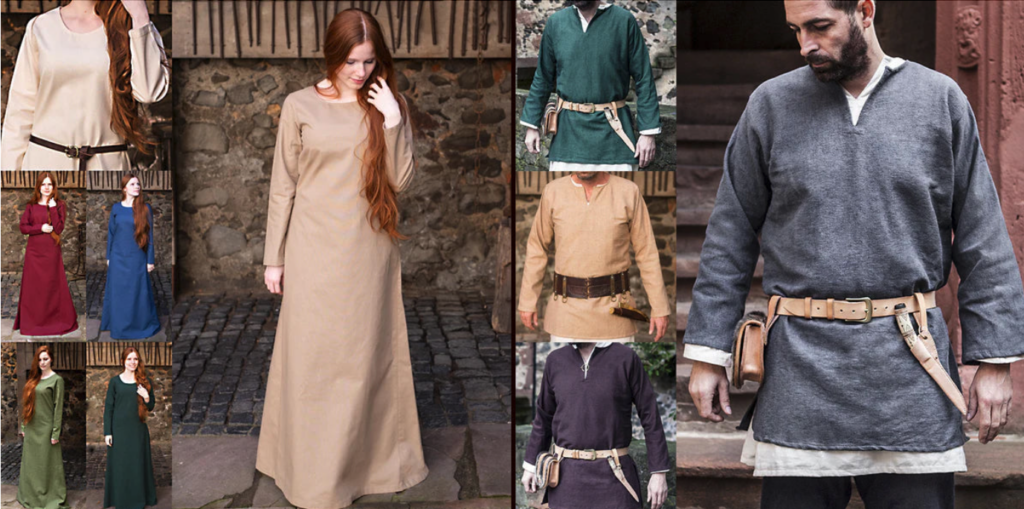
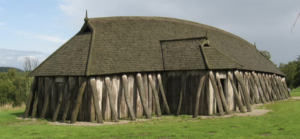


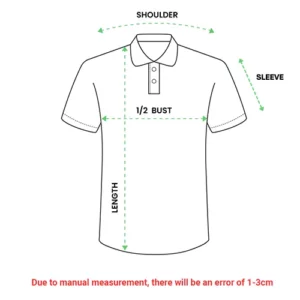
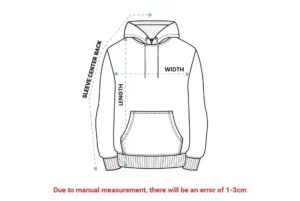
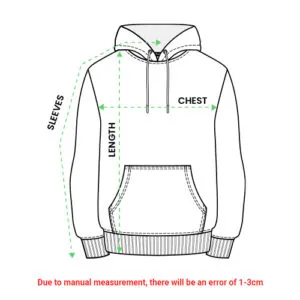
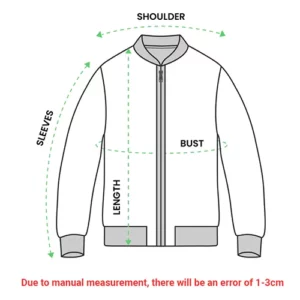
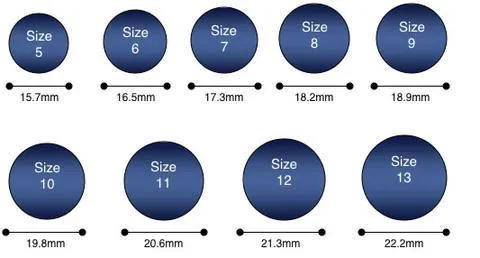
Pingback: The Dragon Ships of the Vikings: A Deeper Meaning Behind the Iconic Symbol - Gothic & Rock | Clothing & Accessories Brand
Pingback: The Vikings' Travels Across Europe and Beyond - Gothic & Rock | Clothing & Accessories Brand
Pingback: Katheryn Winnick: From Martial Arts Instructor to Lead Star of Vikings - Gothic & Rock | Clothing & Accessories Brand
Pingback: Alex Høgh Andersen: From Stage to Screen - Gothic & Rock | Clothing & Accessories Brand
Pingback: Viking Costumes: Outfitting Yourself as a Fearsome Nordic Warrior - Gothic & Rock | Clothing & Accessories Brand
Pingback: Viking Rise: A Real-Time World Building Strategy Game - Gothic & Rock | Clothing & Accessories Brand
Pingback: Hnefatafl: The Strategic Board Game of the Vikings - Gothic & Rock | Clothing & Accessories Brand
Pingback: Authentic Viking Jewelry: A Glimpse into Norse History and Culture - Gothic & Rock | Clothing & Accessories Brand
Pingback: Vikings: War of Clans - A Strategic Mobile Game Set in the Age of Vikings - Gothic & Rock | Clothing & Accessories Brand
Pingback: Viking Music: A Guide to the Fascinating Genre Inspired by Ancient Scandinavia - Gothic & Rock | Clothing & Accessories Brand
Pingback: Viking Wedding Traditions: A Detailed Look at Norse Marriage Rituals - Gothic & Rock | Clothing & Accessories Brand